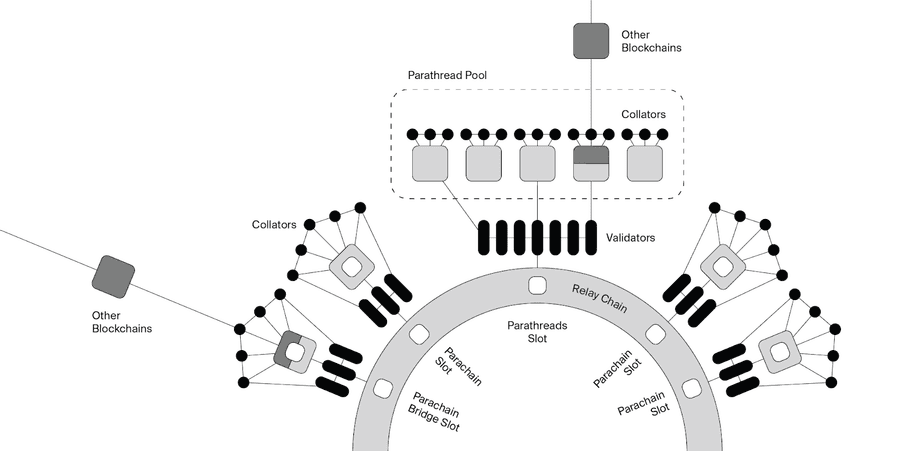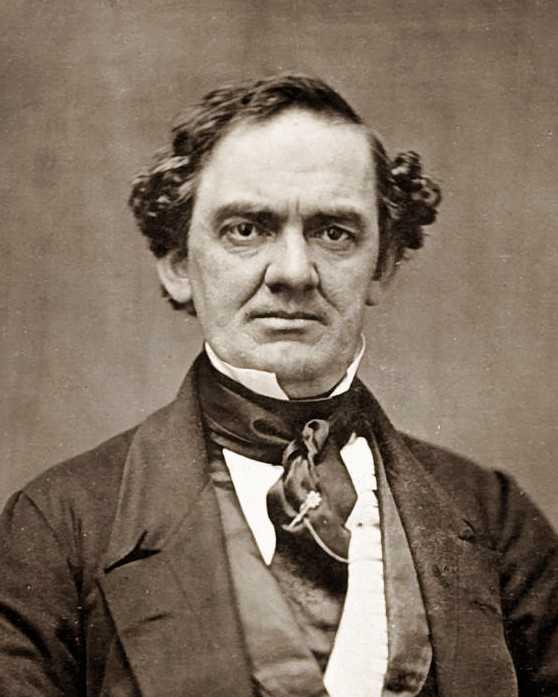Polkadot price today, DOT live marketcap, chart, and info | CoinMarketCap
coinmarketcap.com
10 ideas
·1.23K reads
16
Learn more about crypto with this collection
Find out the challenges it poses
Learn about the potential impact on society
Understanding the concept of Metaverse
What is Polkadot (DOT)?
Polkadot is a network protocol that allows arbitrary data —not just tokens— to be transferred across blockchains.
This interoperability seeks to establish a fully decentralized and private web, controlled by its users, and simplify the creation of new applications, institutions and services.
Polkadot can transfer this data across public, open, permissionless blockchains as well as private, permissioned blockchains.
32
499 reads
The Polkadot protocol connects public and private chains, permissionless networks, oracles and future technologies, allowing these independent blockchains to trustlessly share information and transactions through the Polkadot relay chain (explained further down).
Polkadot’s native DOT token serves three clear purposes: providing network governance and operations, and creating parachains (parallel chains) by bonding.
22
99 reads
Polkadot has four core components:
- Relay Chain: Polkadot’s “heart,” helping to create consensus, interoperability and shared security across the network of different chains;
- Parachains: independent chains that can have their own tokens and be optimized for specific use cases;
- Parathread: similar to parachains but with flexible connectivity based on an economical pay-as-you-go model;
- Bridges: allows parachains and parathreads to connect and communicate with external blockchains like Ethereum.
22
100 reads
What Makes Polkadot Unique?
Polkadot is a sharded multichain network, meaning it can process many transactions on several chains in parallel (“parachains”). This parallel processing power improves scalability.
Custom blockchains are quick and easy to develop through the Substrate framework and can be connected to Polkadot’s network within minutes. The network is also highly flexible and adaptive, allowing the sharing of information and functionality between participants similar to apps on a smartphone.
Polkadot can be automatically upgraded without the need for a fork in order to implement new features or remove bugs.
23
47 reads
The network has a highly sophisticated user-driven governance system that also helps to secure it.
Communities can customize their blockchain’s governance on Polkadot based on their needs and evolving conditions.
Nominators, validators, collators and fishermen all fulfil various duties to help secure and maintain the network and eradicate bad behavior.
22
82 reads
How Many Polkadot (DOT) Tokens Are There in Circulation?
Polkadot currently has an allocation of 1 billion DOT tokens, following the network’s redenomination from an initial maximum supply of 10 million in August 2020.
The redenomination was undertaken purely to avoid the use of small decimals and make calculation easier. While all balances were increased by a factor of one hundred, this did not impact the distribution of DOT or holders’ proportional share.
22
53 reads
How is the Polkadot Network Secured?
Polkadot’s mass interoperability through a set of common validators helps to secure its multiple blockchains and allows them to scale their transactions by spreading their data across many parachains.
The network uses the NPoS (nominated proof-of-stake) mechanism to select validators and nominators and maximize chain security.
This unique validity scheme enables chains to interact with each other securely under the same rules, yet remain independently governed.
23
37 reads
Who Are the Founders of Polkadot?
Polkadot was founded by the Web3 Foundation, a Swiss Foundation founded to facilitate a fully functional & user-friendly decentralized web as an open-source project.
Its founders are Dr. Gavin Wood, Robert Habermeier & Peter Czaban.
Wood, the Web3 Foundation’s president, is the most well-known of the trio thanks to his industry influence as Ethereum co-founder, Parity Technologies founder & the creator of the smart contract coding language Solidity.
Habermeier is a Thiel Fellow & accomplished blockchain & cryptography researcher & developer.
Czaban is the Web3 Foundation’s Technology Director.
23
105 reads
CURATED BY
More like this
Read & Learn
20x Faster
without
deepstash
with
deepstash
with
deepstash
Access to 200,000+ ideas
—
Access to the mobile app
—
Unlimited idea saving & library
—
—
Unlimited history
—
—
Unlimited listening to ideas
—
—
Downloading & offline access
—
—
Personalized recommendations
—
—
Supercharge your mind with one idea per day
Enter your email and spend 1 minute every day to learn something new.
I agree to receive email updates



